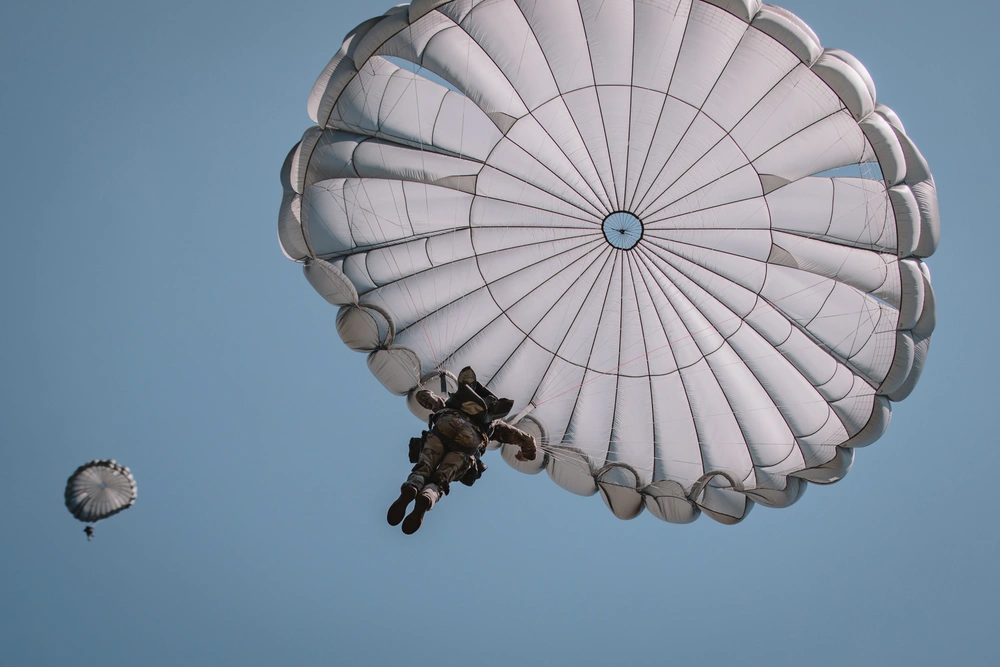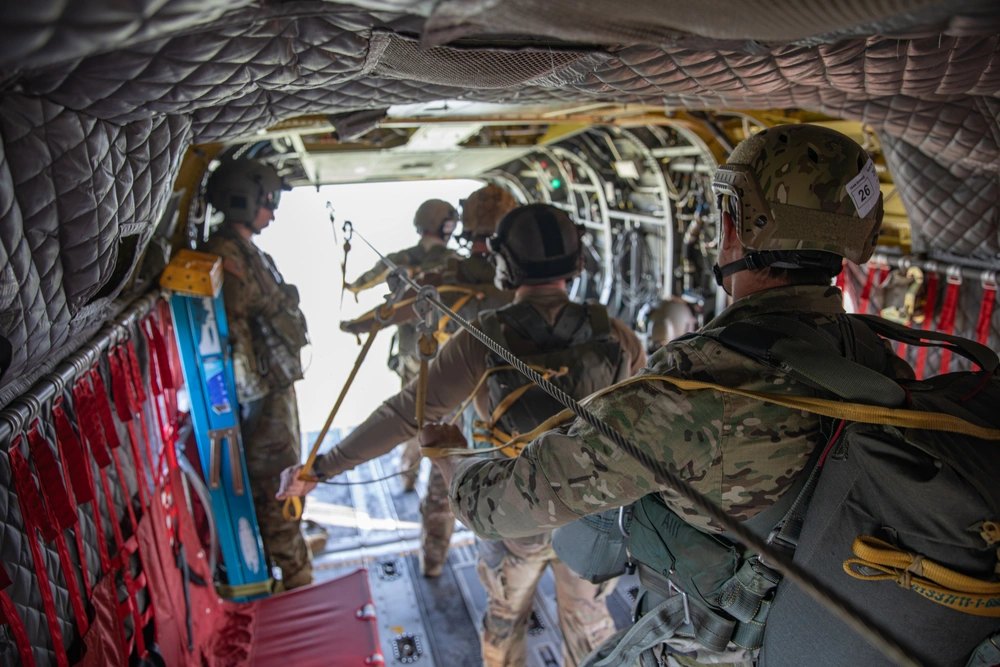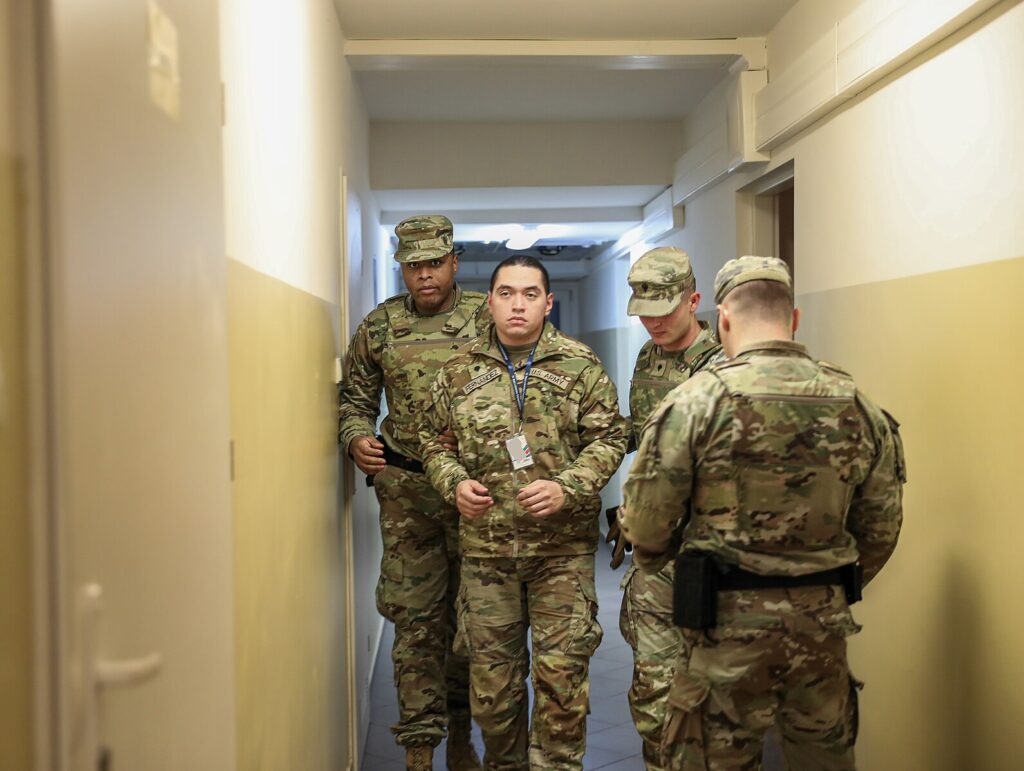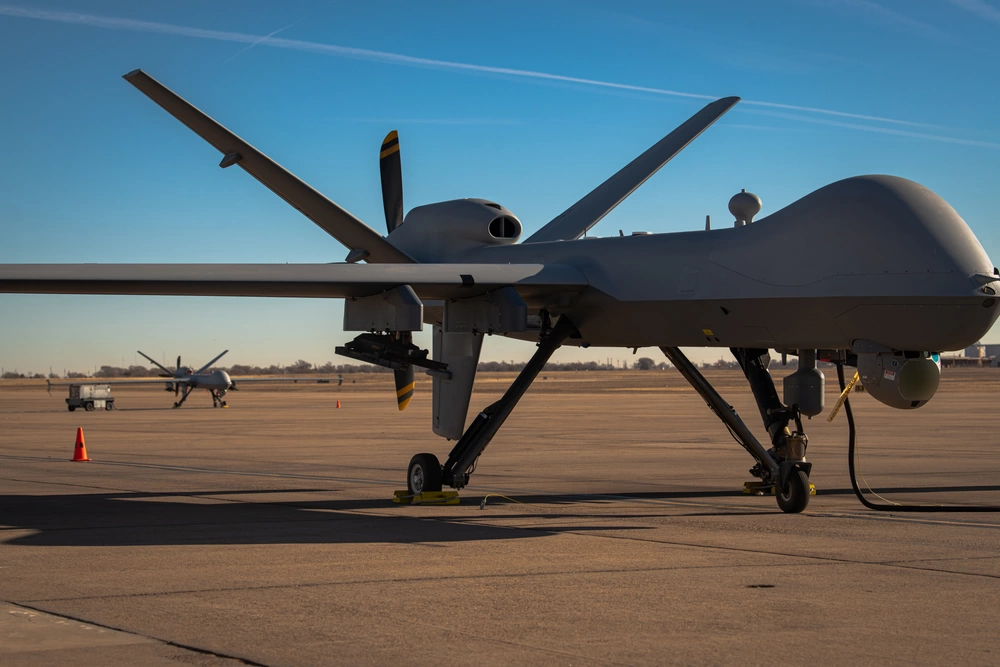Once, on a fairly routine jump operation I found myself very near the front of a line of jumpers dropping in at 1,250 feet above ground level. We stood in line, our static line hooks in hand, waiting for the jumpmaster’s command to hook up to the static line of the aircraft, as the command to hook in comes immediately after the command for all jumpers to standup.
A single jumper stood between me and the open back ramp of the jump aircraft. The jumpmaster, the authority charged with safely putting out all jumpers in the aircraft, busied himself with his routine preparatory duties: he ensured the ramp was fully opened and locked; and that all of his jumpers were at the point in the jump sequence that they should be.
I had in mind to daydream just for a moment, a thing I was certainly not at all inclined to do during airborne operations, since my inherent aversion to heights makes me fear them. If my mind had drifted at all for even a moment then, it was jolted back to the present by an oddity that seldom befalls a jump operation.
A white mass of material, perhaps a piece of cloth or length of plastic, had snaked its way up between the lead jumper and myself. My initial impression was that it was a loose plastic garbage bag that had taken to fluttering about the aircraft cabin, working its way between us two fortunate ones. I glanced at the other jumpers around me only to get the same bewildered faces… then it dawned on me!
My reserve parachute, or that of the man in front of me, was in the early stages of deployment! Several things could cause that to happen, none of them intentional or desirable.

The reserve parachutes we used were white, as opposed to the main parachutes which were green. This distinction was made so if a man was in emergency and on his reserve parachute he could be easily spotted and strictly avoided by the other jumpers in order to be given as much maneuver room as possible.
We both fell to the deck per procedure to contain the reserve. It came to light at that point that it was, in fact, the reserve of the man in front of me; it had already made its way across the ramp and out into the jumper’s slip stream of air. The rule was if any part of the parachute made its way to the outside of the aircraft the owner must follow it out immediately – which he did.
His was a calm and orderly – albeit swift – departure from the aircraft and he rapidly became a white dot in the sky. We made a couple of dry runs over the Drop Zone to give the man a chance to collect himself on the ground. He was alright despite his woes. I caught up with him on the ground after we had all made our jump and relayed my sorrow for his tribulation.
He expressed his only thought on the matter with a simple terse retort:
“I don’t care when or how my parachute opens… as long as it opens.”
I considered myself schooled.
Click here to see a paratrooper deploy and descend on his reserve parachute from just 20 feet above ground.
By Almighty God and with Honor,
geo sends
Feature Image: U.S. Army Paratroopers prepare to jump out of a CH-47 Chinook helicopter, assigned to 2-104th General Support Aviation Brigade, Pennsylvania National Guard, wearing MC-6 parachutes over Glen Rock Drop Zone, Exeter, RI., August 2, 2025. (U.S. Army Reserve photo by Sgt. 1st Class Austin Berner)
Read more from Sandboxx News
- The untold history of the Soviet Union’s weapons testing in space
- These are all of America’s air-launched precision-guided munitions
- William Pitsenbarger: The commando who died so that others could live
- A brief history of hand-to-hand combat training in the US military
- The B-52 was designed in a hotel room over a weekend (and will probably fly for 100 years)










